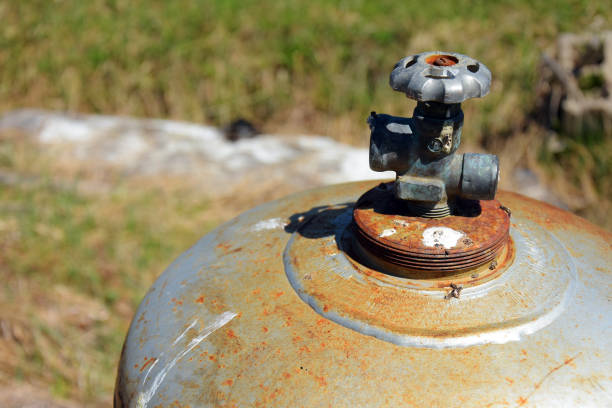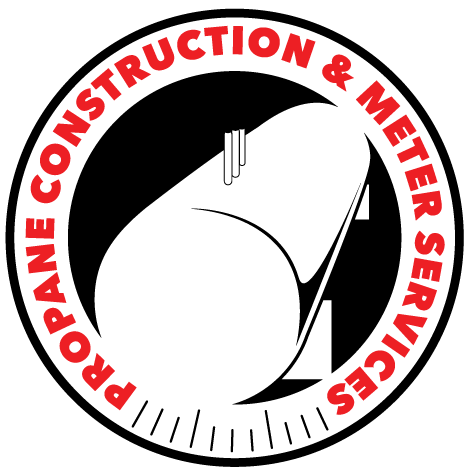Ensuring Safety with Propane Tank Upkeep

Adopting Robust Maintenance and Safety Protocols for Propane Storage
Proper maintenance and safety practices are crucial for the longevity of propane tanks and the safety of those who use them. For households and businesses relying on propane for heating, cooking, and other needs, adhering to best tank maintenance and safety practices can prevent accidents and ensure efficient operation. This plan outlines essential guidelines for maintaining propane tanks and ensuring their safe use.
Regular Inspection and Maintenance
Routine Checks: Schedule regular inspections of propane tanks, looking for signs of wear, rust, or damage. Early detection of issues can prevent leaks and other hazards.
Professional Assessments: Have certified professionals inspect propane tanks annually. They can assess the tank’s condition, test connections, and ensure compliance with safety standards.
Leak Detection: Educate users on detecting propane leaks, emphasizing the smell test and what to do if they suspect a leak. Installing propane detectors near tanks can provide an additional layer of safety.
Correct Installation and Placement
Compliance with Regulations: Ensure that propane tank installation complies with local codes and regulations. Professional installation by certified technicians can guarantee adherence to safety standards.
Safe Location: Place propane tanks in well-ventilated areas, away from direct heat sources and potential impact zones. Outdoor installations should consider the tank’s exposure to environmental elements.
Handling and Operation
Operational Training: Provide users with instructions on safely operating propane tanks, including how to turn the gas on and off. Clear guidelines can prevent misuse and accidents.
Secure Connections: To avoid gas leaks, check and maintain all connections and fittings. Use soapy water to test for leaks at connections, looking for bubbles that indicate a leak.
Emergency Preparedness
Emergency Plan: Develop and communicate a clear action plan for propane emergencies, including leak detection, evacuation procedures, and emergency contact information.
First Aid Training: Offer basic first aid training for dealing with propane exposure, including the importance of seeking immediate medical attention in the event of inhalation or contact with skin.
Tank Refilling and Exchange
Certified Refill Stations: Only certified professionals and stations are used for refilling propane tanks. More than proper filling can lead to overpressure and potential leaks.
Tank Exchange Programs: For smaller tanks, consider using exchange programs that ensure tanks are correctly maintained, filled, and checked for safety.
Seasonal Considerations
Winter Care: In colder climates, prevent tank freezing by ensuring they have at least a 20% propane level. Use insulated blankets designed for propane tanks if necessary.
Summer Precautions: Protect tanks from excessive heat and direct sunlight in summer. Ensure adequate ventilation and shade to prevent pressure build-up.
Record Keeping and Documentation
Maintenance Logs: Keep detailed records of inspections, maintenance, and repairs. Documentation can help track the tank’s condition over time and ensure compliance with safety audits.
A Proactive Safety Culture
Maintaining propane tanks and adhering to safety best practices is not just about compliance; it’s about fostering a culture of safety and responsibility. By implementing these guidelines, users can ensure that their propane tanks will operate efficiently and safely, protecting both property and lives.
















